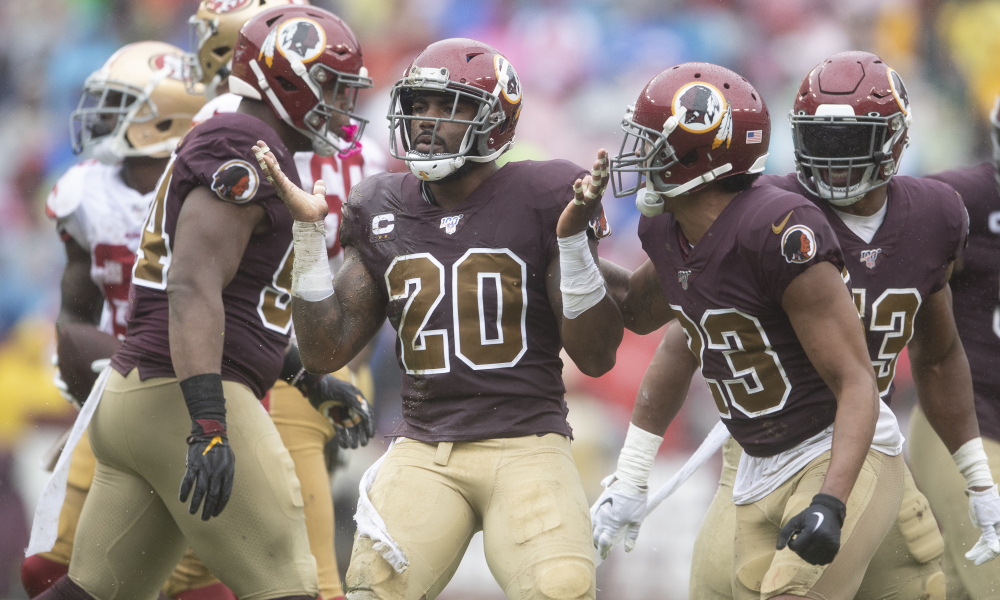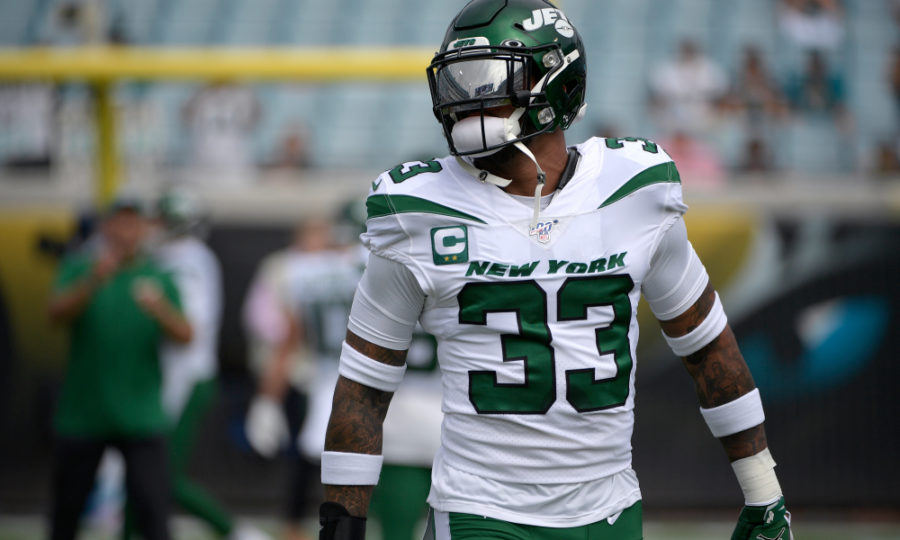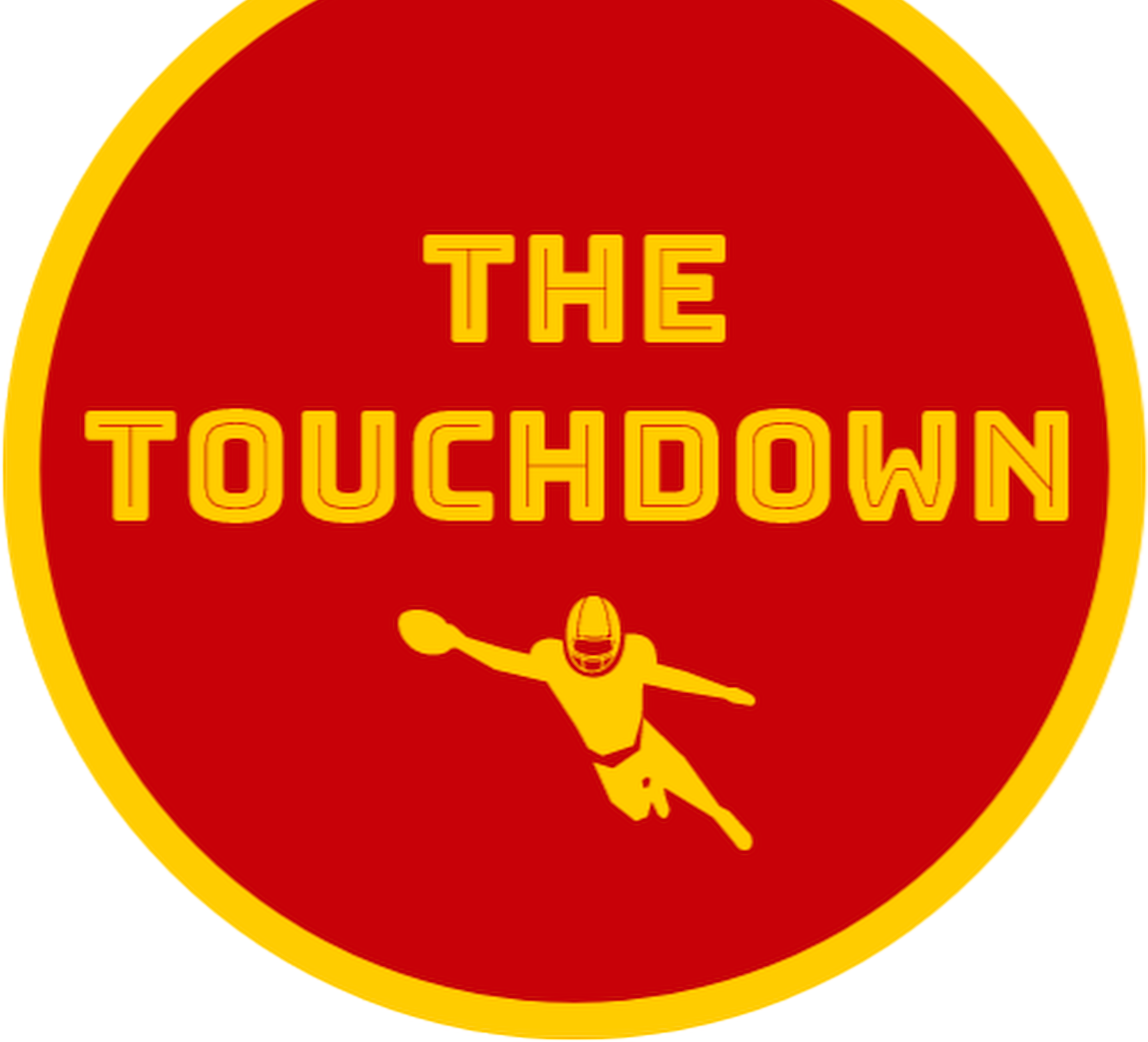Is the Safety Position Becoming Devalued in the NFL?
One of the talking points of the NFL in recent years is whether Running Backs have declined in value. Yet in 2019, just three of the top-10 teams in terms of passing yards made the playoffs, whereas seven of the top-10 teams in rushing yards made the playoffs. While these were largely teams with timeshare situations/‘RB by committee,’ or had a mobile QB, it still shows the importance of having backs that can make significant contributions. An argument could also be made that RBs are replaceable, and at an individual level are just a body on the field.
Interestingly, there are similar trends being observed at the Safety position. They are becoming increasingly replaceable, their salaries have not grown at the same rate as other positions, and in the 2020 NFL Draft no Safety was taken in the first round. Therefore, let’s take a look at whether Safeties going the way of RBs and becoming valued less, or is it not as bad as it might seem?
Salary
Position groups as a whole
Let’s start by examining the salary trends at some positions in the past decade. It is important to consider that some positions, such as Wide Receivers are impacted by the number of players at the position, with most teams having five or more WRs on the roster, whereas teams typically have no more than four RBs. The case is similar with the Offensive Line and Tight Ends in terms of number of players at the position. Additionally, there are other factors to consider which contribute to positional salaries based on what they are asked to do.
Defensively there is a similar issue with Cornerbacks, Linebackers and Safeties, where the number of players at the position for depth can weigh down some averages, yet it is still reflective of how they are viewed in the league, as the top players drive the value up.
In 2013, here are the average salary of the various position groups:
- RB: $1.55 million,
- WR: $1.8 million,
- TE: $1.42 million,
- OL: $1.76 million
- LB: $1.803 million
- CB: $1.69 million
- S: $1.752 million
By 2020, these had grown to:
- RB: $1.645 million (6.1% increase),
- WR: $1.991 million (10.2% increase),
- TE: $1.737 million (22.3% increase),
- OL: $2.495 million (41.8% increase)
- LB: $2.164 million (20% increase)
- CB: $1.952 million (15.5% increase)
- S: $2 million (14.2% increase) [FS was $2.3 million]
Of all of these positions, RBs had the lowest increase as a percentage of their average salary from 2013, followed by WR and Safety, although CB was barely more than Safety with a difference between them of just 1.3%. The argument that RBs are devalued at first appears to be a good one, and are significantly worse-off when compared with all other positions. Safeties are the least valued on the defensive side of the ball, but not by a significant amount, and are valued more than WRs on the whole, when focusing on the average salary of the position and their growth.

Breaking down the top-10 at each position
Let’s now look at the top players at each position to see what the peak value is. The top-10 RB salaries in 2020 range in value from $6-16m on average per year, while WRs are $16-22m, TEs are $7.25-10.6m, Safeties are $10.5-14.6m, CBs $13-16.683m and LBs $14.25-23.5m. Again, RBs stand out as lacking value with the lowest average/year among top 10 at each position, although TEs and Safeties have the lowest upper limit of value.
When we look even more closely at the lowest total value and lowest guaranteed money for RBs is Kenyan Drake at $8.48m (for both categories), while the highest total value and highest guaranteed money is earned by Ezekiel Elliott with $90m and $50m, respectively. AJ Green is the worst of the WRs with $18m (both lowest total value and guaranteed money), but the next worst are Tyreek Hill ($54m total value) and Adam Thielen ($33m guaranteed). The top WRs for total value are Amari Cooper ($100m) and Michael Thomas ($96.25m), while the highest when it comes to guaranteed money are Odell Beckham Jr ($65m) and Julio Jones ($64m). At the TE position, the lowest total value is $10.6m (Hunter Henry), lowest guaranteed is $8m (Jared Cook), while highest total value is $54m (Rob Gronkowski) and highest guaranteed is $23m (Austin Hooper).
At the defensive positions, Justin Simmons and Anthony Harris have the lowest total value and guaranteed money for Safeties with $11.44m, while Landon Collins has the highest total value and most guaranteed money with $84m and $44.5m, respectively. At CB, the lowest total value is $42m (Marcus Peters and Tray Waynes), lowest guaranteed is $15m (Trae Waynes), while Byron Jones has the highest total value with $82.5m and most guaranteed with $54.375m. The lowest total value and guaranteed for LBs is $15.828m (Matt Judon, Shaquil Barrett and Bud Dupree), whereas the highest total value ($141m) and guaranteed ($90m) is held by Khalil Mack.
What this tells us is that while as an average RB might be the lowest as a position, as well as the lowest amount of top 10 for each position, the top earner at RB is better off than TE, CB and Safety. TEs overall are perhaps worst off, with substantially lower top earners (Gronkowski and Hooper) than any other position. Safety performs reasonably well at the top end, with the highest total value not altogether different from other positions, although a larger drop to the most guaranteed money. At the peak of monetary value, Safety is far from the highest-earning position, but is also significantly better off than a few other positions. Even on a broad scale, it is akin to CB and performs better than both RB and TE.
The Draft
The next area where we can evaluate the position is how it has been treated in the Draft, and whether the Safeties drafted provided good value based on their draft pick. Again, looking at the period of 2013-2020 to see more recent trends, the Safety position has largely not provided good value when drafted in the first round. Of the 17 Safeties drafted in the first round in that time, none are among the top 10 in terms of current salaries, although Landon Collins is in that top-10 and was drafted with the first pick in the second round in 2015. Jimmie Ward is the highest paid of the first round Safeties from 2013-2020 with the 13th best contract for Safeties. There are three other former first round picks among the top ten contracts for Safeties, all from 2010 – Earl Thomas, Devin McCourty and Kareem Jackson. By contrast, 6 of the top 11 RB contracts are all first rounders from 2013-2020.
The performance and contract histories of the first round Safeties from 2013-2020 isn’t inspiring either. Again, Jimmie Ward is the exception as the only player to remain with the team that drafted him beyond his fifth year option. 5 of the 17 in the group were all traded away before reaching their fifth year option, while there have also been recent headlines regarding Jamal Adams as a potential trade option, regardless of his success since entering the league. The fate of the Safeties drafted in the first round since 2013 has become one where they play out their rookie contract, sometimes including the fifth year option, and then given one year contracts from a range of teams. In the case of 2013 picks Eric Reid and Matt Elam, the former is currently a Free Agent and the latter has not played in the NFL since 2016 after being arrested in early 2017.

With Safeties largely not seen as worthy of long-term contracts in the past several years, it perhaps indicates why zero Safeties were drafted in the first round in 2020. Teams appear to view the position as easily replaceable, and not worth investing a large amount of money in for a long time. Getting four or five years out of a high calibre individual, and keeping the cost at a minimum, is essentially common (and logical) practice in the league. This trend has little to do with the play of Safeties and is more about managing the salary cap, production, and maximising value. Safety has essentially been a victim of the ‘Moneyball’ approach.
Other data from the draft further shows why Safety has not been a priority for teams. Reflecting the way contracts have been given to different positions, only 6 TEs have been drafted in the first round since 2013, whereas 10 RBs, 17 Safeties, and 33 CBs have been taken, with the high number of CBs being due to the number on the field at any one time. Yet Safety has the lowest average pick of those positions with 21.9, while TE is 21.2, CB is 17.9 and RB is 15.7. This indicates that when a high-level talent player at the position is there, teams will take them early, and tends to happen more for RB and CB.
Just 1 of those 17 Safeties has been taken in the top 10 since 2013 (Jamal Adams), with Minkah Fitzpatrick next best at 11th overall, whereas 5 out of 10 RBs have gone in the top 10, and 2 of 6 TEs went that early. The league seems to view Safeties as either carrying greater risk than these other positions, not having the same high impact potential, or a combination of the two, resulting in them not being drafted for the most part until the second half of the first round. When we consider Safeties aren’t given long-term contracts or extensions after rookie deals, it would suggest there has been some devaluation at the position, especially as 5 of the 12 Safeties drafted in the first round between 2006 and 2012 went in the top ten overall.
Free Agency
The final area where there is some indication Safeties are not viewed as a priority position is in free agency. A large number of Safeties were signed in free agency, but mainly to one-year deals. Just seven Safeties received multi-year contracts, and five of those are structured to have a minimal cap hit after one year. Of the 25 other Safeties who received a 1-year contract, 12 were with the same team they played for in 2019. Teams also chose to use the Draft to fill Safety positions, despite existing veterans that are starter-calibre players remaining available, with Reshad Jones, Tony Jefferson, Eric Reid, Morgan Burnett, Tavon Wilson, Clayton Geathers, Jahleel Addae, Kurt Coleman and J.J. Wilcox all unsigned and under the age of 33. Although drafted players are cheaper options, and some of the veterans, such as Jefferson, have injury concerns or play may have declined in others, it is surprising that all of them were not picked up over the likes of Nate Ebner, Michael Thomas or Jordan Lucas.
To further contextualise, 12 Safeties were given multi-year deals in 2019. In 2020 4 RBs of 19 given contracts as free agents were multi-year, with 8 of 28 in 2019. This offseason may be an anomaly as teams were unable to meet with players and work them out, but it is part of a wider pattern and attitude towards Safeties. There are other factors that would also impact Safeties becoming free agents or not being signed, such as scheme fit or scheme changes, but when the evaluation of rookie Safeties suggests teams see the position as easily replaceable, there is little incentive for them to prioritise the position in free agency either, especially as salary cap money needs to go towards more ‘impactful’ players.
The Final Word
Safety is perhaps devalued to an extent, but not to the same degree as RB or TE. The top players at the position earn similar money to CBs and some other positions, although there are fewer long-term contracts given to Safeties. Much like RB, teams see Safeties as replaceable and not worthy of pricey or lengthy extensions. Recent trends suggest Safeties will rarely be taken early in the Draft, although it is unlikely 2020 becomes the norm, with no Safeties taken in the first round. It is more likely TE and RB continue to fall out of Round 1, but if they are taken early on, are more likely to go much higher than Safeties. Teams just aren’t choosing to invest a lot in the position, and consequently it will naturally undergo some depreciation. It is unlikely it reaches the level of RB or TE, but is definitely the least-valued position on the defensive side of the ball. Hybrid DBs and LBs have potentially also impacted the Safety position on the whole, although there is a small sample size for this, and is a scheme/team-dependent situation. Regardless, expect to see a lot of Safety movement between teams in the future, and fewer given multi-year expensive contracts, or to play for a team much beyond a rookie contract.
AP Photo/Phelan M. Ebenhack, Tommy Gilligan-USA TODAY Sports & Mitchell Layton-USA TODAY Sports

